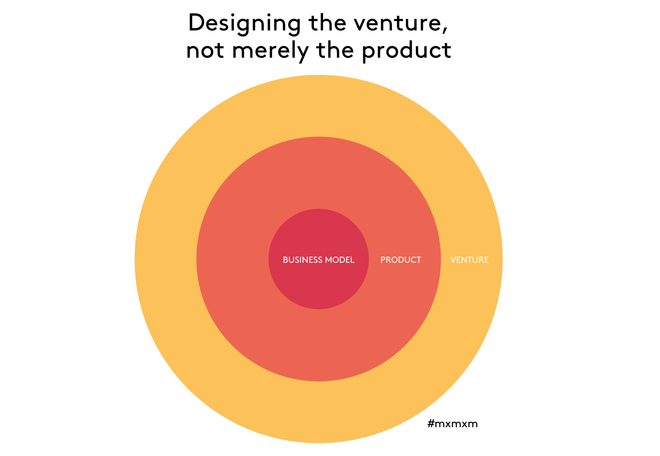User testing every single week

Made by Many believes in continual iteration and testing ideas with real users throughout the entire project. In NYC we’ve been working on re-launching a big global e-commerce platform. Meaning not only the branding, but site IA, checkout flows, product customization before purchasing, to name a few challenges. We were trying several new ideas in this redesign our client hadn’t done before, ideas we needed to continually make sure were easily understood to real people.
One of our product managers HJ and I hatched a plan to have users visit the studio every Wednesday. Each visit we grabbed whatever state our designs were in and sat with a user to discuss. Our process normally broke down that on Monday’s HJ would start recruiting people off Task Rabbit, normally 3 to 4. Then we’d quickly make a clickable prototype using Marvel, print off a few wireframes to do a paper prototype, run a sketch session, or set up a physical activity to run through with users.
Knowing someone was coming by every Wednesday let us ensure work was in a good spot in time with this regular deadline. Which meant we didn’t have time to polish a design before we showed it off. On top of that we had the comfort of knowing that if one weeks session was a flop we had to only wait 5 days before we could test again. This removed a big barrier to rapid prototyping.
This rapid fire approach lead us to develop very different ideas each round. Instead of focusing on safe approaches we devised polarizing ideas to get actionable feedback faster. Results were often surprising, people would love something we thought was too complex. Other times they’d prove us right; rejecting something we knew was pushing things too far. Each time we learned tons about what resonated with users.
We kept up this process going for a month and a half, working from initial idea, into sketching, rough wireframes, then straight into launch. It helped nudge us towards a smart easily understood design we eventually launched. It also generated a big stock pile of user insights we could reference back to. Sketches from sessions were shared with our client to back up new ideas. Additionally we had a host of amazing assets to use in future presentations.
Though it sounds like a lot of work and effort to go through regularly the impact is quite minimal. Other agencies I’ve worked in user testing involved weeks of recruiting, followed by a lengthy interview process. Our process took a fraction of the usual effort. It’d take the two of us an hour or 2 to prep and then 2–3 hours to conduct the sessions. The feedback we received was instantly rolled back into the next iteration of design and kept us moving forward quickly. We were able to design, break, and revise over 20 different ideas in our month and a half run vs the 4 or 5 ideas a typical user testing process might cover. This was massively valuable to ensure we had a good design for the sites relaunch.
The project has moved on from high level concepts to more specific A/B tests and we haven’t had the need to bring users in as regularly. However the next project we kick off with a discovery phase we intend to pick back up this process again.
Continue reading
TimeOut MxM 12
This week we're talking about wearables and e-textiles, economic alternatives to money and the end of empathy, exploring New York's 1700 parks, running fo...
Designing the whole venture, and not just the product
We recently celebrated our 7th anniversary, a moment that traditionally provides an opportunity to totally freak out about how much has happened, and what...
Popcycle
Meet Popcycle, a new music application for iOS. Popcycle has been our project since May as the design and development interns at Made by Many in NYC. We’r...


